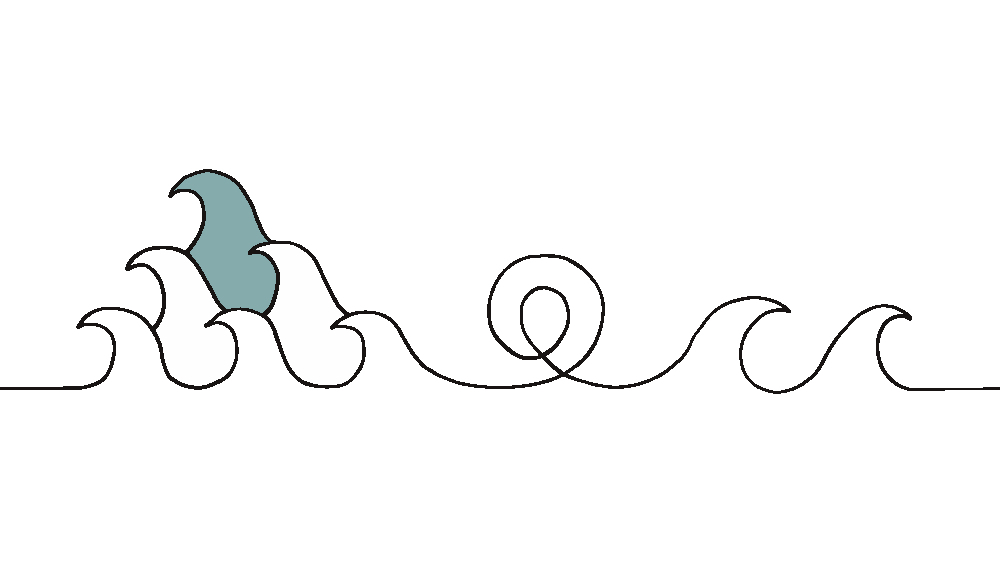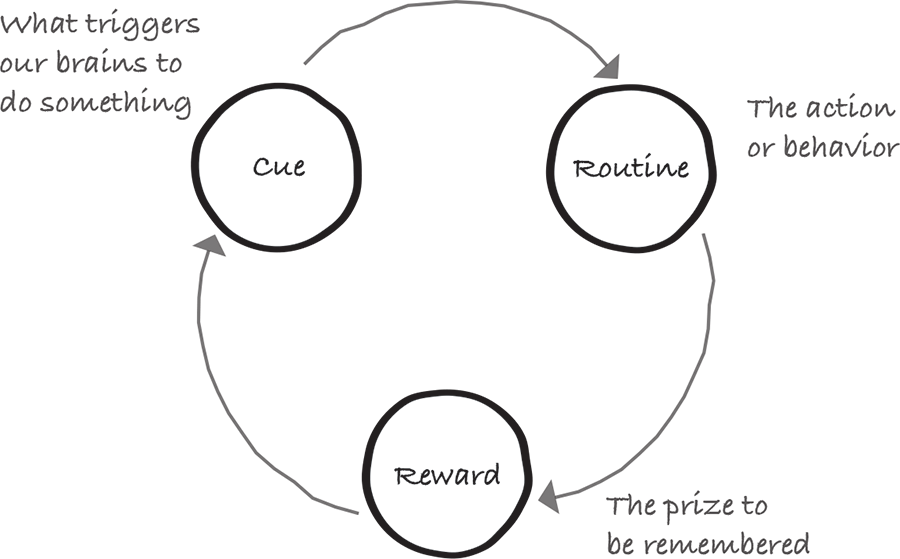Workshop Exercises: Ideate
Habit Change Modeling
Modify existing habits by adding new routines and keeping the cues and rewards

Why: Modifying routines in habits while maintaining cues and rewards can effectively alter existing habits
When: Apply when experiences should promote positive behavior change and habit formation
Using the Habit Loop to facilitate habit-altering products that seamlessly integrate into users’ lives, prompting desired behaviors and fostering positive habit formation. This workshop exercise focuses on modifying existing routines while keeping the cue and the reward constant, enabling the design of products that are more aligned with users’ needs and existing habits.
Charles Duhigg, the creator of the Habit Loop, proposes that “to change a habit, you must keep the old cue, and deliver the old reward, but insert a new routine”. By adhering to this rule, behavior can be transformed, provided the belief in change is present.
This structured approach to modifying user behavior is beneficial in developing products that are ethical, user-friendly, and conducive to long-term user engagement and loyalty.
Instructions for running this play
- Introduce the Habit Loop model
Briefly introduce the Habit Loop by Charles Duhigg focusing on cue, routine, and reward.

- Identify target behavior
Discuss and define the target behavior you aim to establish for users. - Identify existing habits
Conduct a 10-minute individual silent brainstorm, asking participants to list any existing routines or habits already carried out by the product’s target users. The first step in changing a habit is to identify the cue that triggers the habit loop. It could be an external event, a time of day, an emotional state, or any other stimulus.The second step is to understand the reward. The reward could be tangible, like a treat, or intangible, like a feeling of accomplishment or relief.
Use the following formula to describe each habit:
When the user sees [CUE], he or she will do [ROUTINE]
in order to get [REWARD]. \ - Substitute the routine
Conduct a 10-minute individual silent brainstorm, asking participants to reframe the target behavior into new, constructive routines to replace existing ones in each of the existing habits identified in step 3. The new routine should fulfill the same need that the original habit was satisfying but in a more positive or productive way. - Rank habit proposals
Use Focus Mapping to rank the proposed new habits in terms of impact and feasibility. - Prototype and test the top candidates.
A collection of workshop exercises that will help you ditch dull meetings and facilitate with confidence. It will help you master the design process and have more productive time with your team. The card deck will be ready for purchase in the end of 2026 and is now undergoing rigorous testing.
Reserve your deck!Related plays
- The Power of Habit: Why We Do What We Do in Life and Business by Charles Duhigg

